Spotting tiny white insects on plants can be alarming, especially in Malaysia’s warm, humid conditions, where pests thrive easily.
These white pests—often mistaken for harmless dust or mould—are usually mealybugs, and if left untreated, they can weaken or even kill your plants. Early attention is crucial to prevent a full-blown infestation.
This article highlights what these white insects are, why mealybugs are particularly troublesome, and the practical steps you can take to protect your plants naturally and safely.
Key Takeaways
- Learn about mealybugs and how they invade your plants without you even noticing.
- Recognise the early symptoms of white insect infestations before they cause lasting leaf damage to your plants.
- Find out the most effective steps to remove white insects and naturally restore your plants’ health.
What Are Mealybugs?
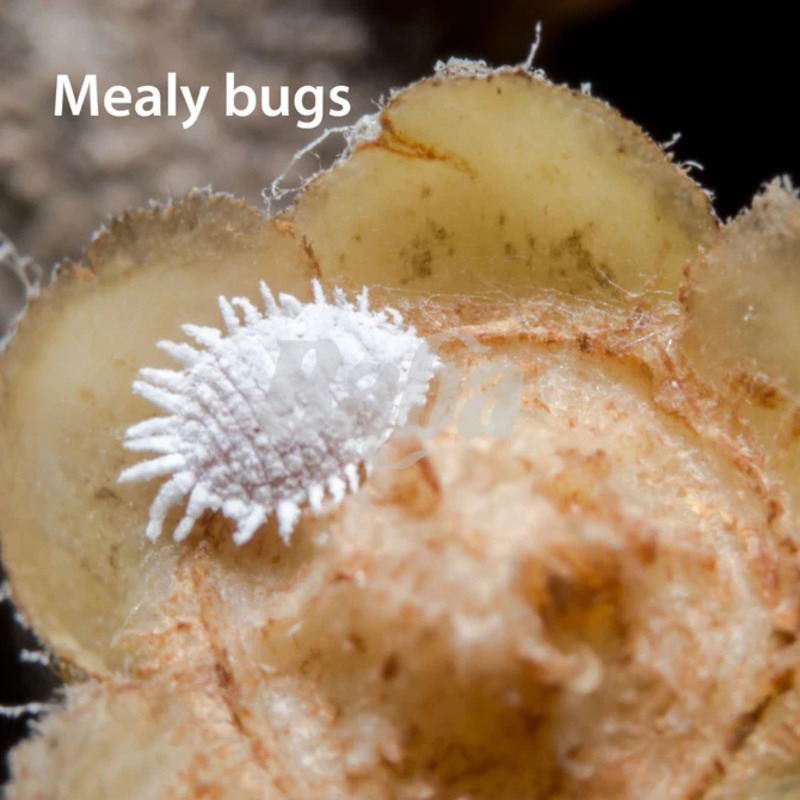
Mealybugs are small, soft-bodied insects covered with a white, waxy secretions layer that makes them look like tiny cottony egg masses on plants. They belong to the scale insects family and feed by sucking sap from stems, leaves, and roots, gradually weakening the plant.
The warm and moist conditions common in Malaysia create an ideal environment for mealybugs to infest indoor and outdoor plants. They are often introduced through new plants, contaminated soil, or even carried by ants that protect them from their sugary secretions.
Common types seen locally include the Citrus Mealybug, Long-tailed Mealybug, and the less visible Root Mealybug, which hides beneath the soil surface.
Where Mealybugs Come From
Mealybug infestations often start unnoticed, making it important to understand how they are introduced to your plants.
They can easily hitch a ride through newly purchased plants, contaminated gardening tools, or infected soil. In some cases, ants also contribute by transporting mealybugs as a way to harvest the honeydew they produce.
Once they find a suitable host, mealybugs settle quickly and multiply, especially in sheltered areas of the plant, like leaf joints, stems, and roots.
Recognise the Symptoms of Mealybug Infestation to Save Your Plants
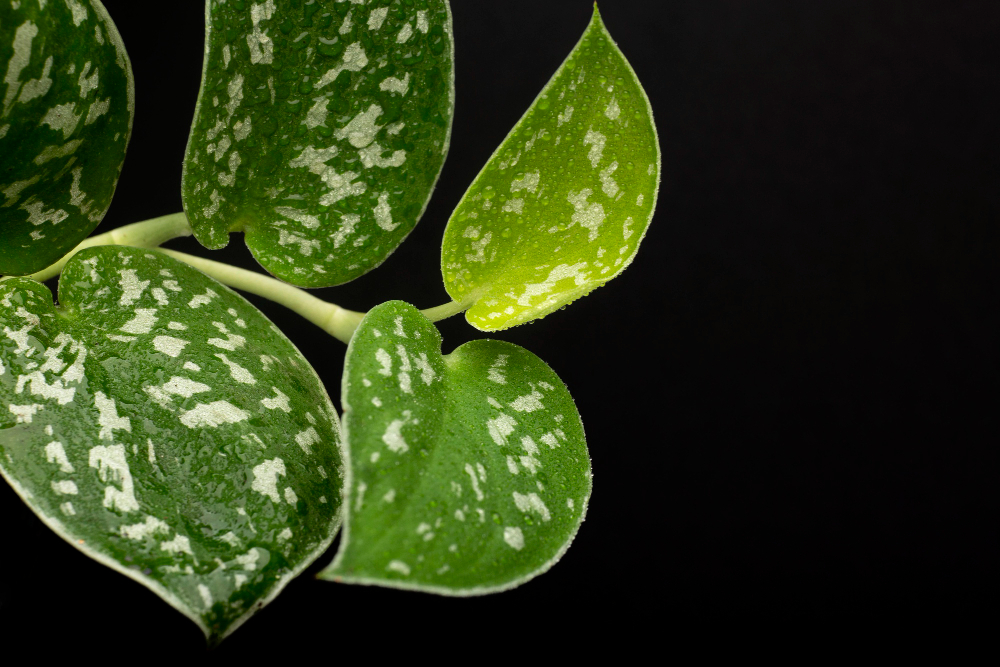
Early detection is crucial when dealing with mealybugs. Here are the common signs to look out for:
| Symptom | Description |
White, cotton-like clusters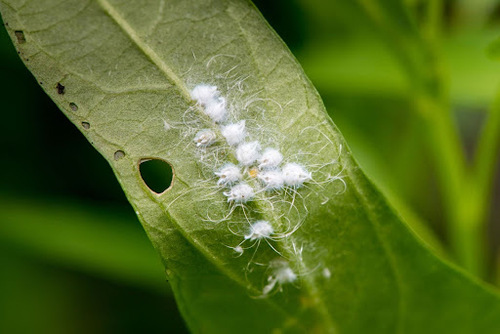
|
Found on stems, leaf joints, and the undersides of leaves, these clusters are groups of mealybugs feeding on plant sap. |
Sooty mould growth
|
Black, powdery fungus that develops on honeydew-coated surfaces, blocking sunlight and affecting plant health. |
Curling, dropping or yellowing leaves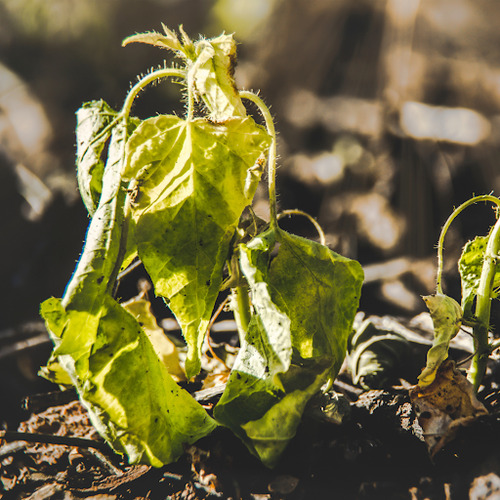
|
Caused by nutrient loss as mealybugs continuously drain sap from the plant. |
Stunted growth or distorted new shoots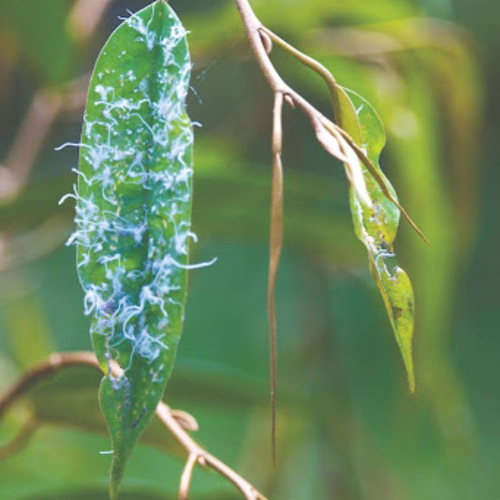
|
New leaves and shoots appear small, deformed, or fail to develop properly due to mealybug feeding. |
Increased ant activity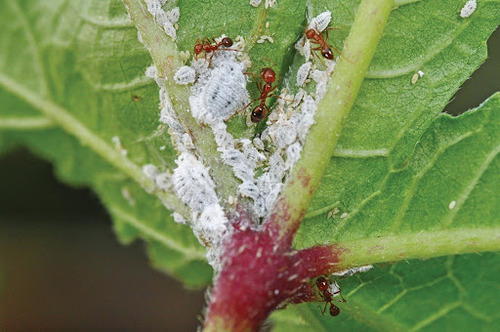
|
Ants are often seen crawling on infected plants as they are drawn to the honeydew produced by mealybugs. |
Choosing the right soil matters—find out how to choose soil that helps protect your plants from white insects and keeps them healthy from the roots up.
How to Get Rid of Mealybugs to Restore Plant Health
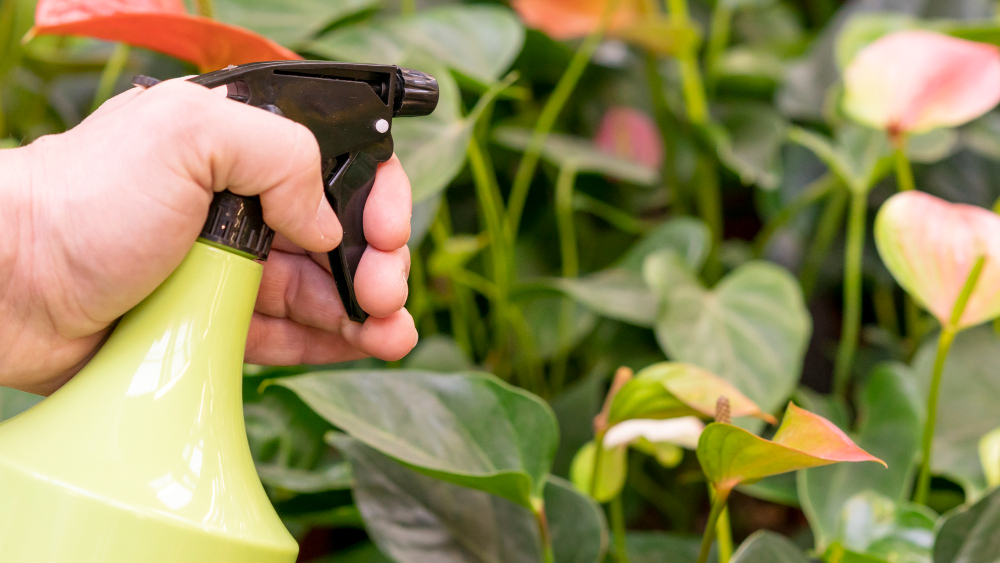
Taking quick action is key to stopping mealybug infestations from spreading. Follow these steps to eliminate them and help your plants recover:
Step 1: Isolate the Affected Plant
Move the infected plant away from other plants immediately. This helps contain the infestation and prevents the mealybugs from spreading further.
Step 2: Manual Removal
Use a cotton swab dipped in alcohol to gently dab and remove mealybugs from stems, leaf joints, and undersides. You can also wipe them off carefully using a soft cloth.
Step 3: Rinse the Plant Thoroughly
Spray the plant with a strong stream of water to dislodge any remaining mealybugs, especially those hidden in hard-to-see areas like the back of leaves.
Step 4: Regular Spraying with Mr Ganick Scale Terminator
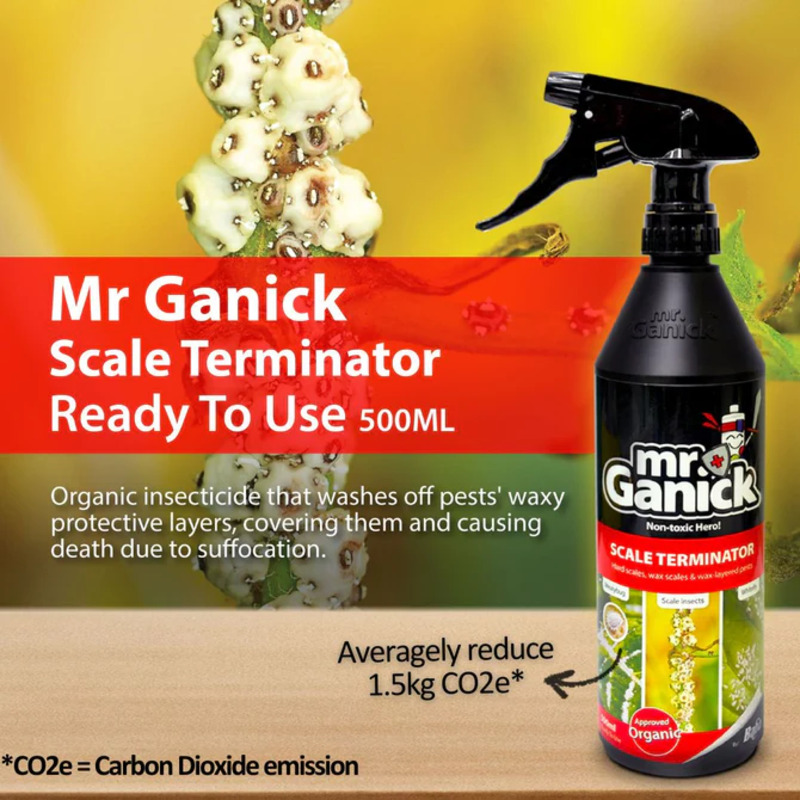
Apply Mr Ganick Scale Terminator to the affected areas every 7–10 days. This organic solution effectively targets mealybugs and is safe for ornamental and edible plants.
Discover Baba’s range of plant pesticide options designed to protect your garden safely and effectively.
Step 5: Prune and Dispose of Heavily Infested Parts
Trim off sections of the plant that are badly infested and dispose of them properly to avoid reintroducing the pests into your garden.
Step 6: Monitor and Repeat Treatment
Have weekly plant inspection to catch any reemerging mealybugs early. Consistent monitoring and reapplication of treatments are crucial for complete control.
Want healthier plants and pest-free harvests? Learn how to maintain indoor plants and how to grow vegetables at home while keeping white pests under control.
Conclusion
Mealybugs may be small, but they can cause serious harm to your plants if not addressed early. Recognising the signs of pest infestation, understanding where these pests come from, and taking quick action using safe, effective methods are key to protecting your garden.
Regular monitoring, proper maintenance, and using trusted organic solutions can help keep your plants healthy and thriving, whether you’re growing indoor plants or vegetables at home.
Looking to upgrade your gardening essentials? Visit Baba’s website to explore a full range of garden accessories, plastic pots, plant food, and premium soil for plants to keep your plants strong and pest-free.




